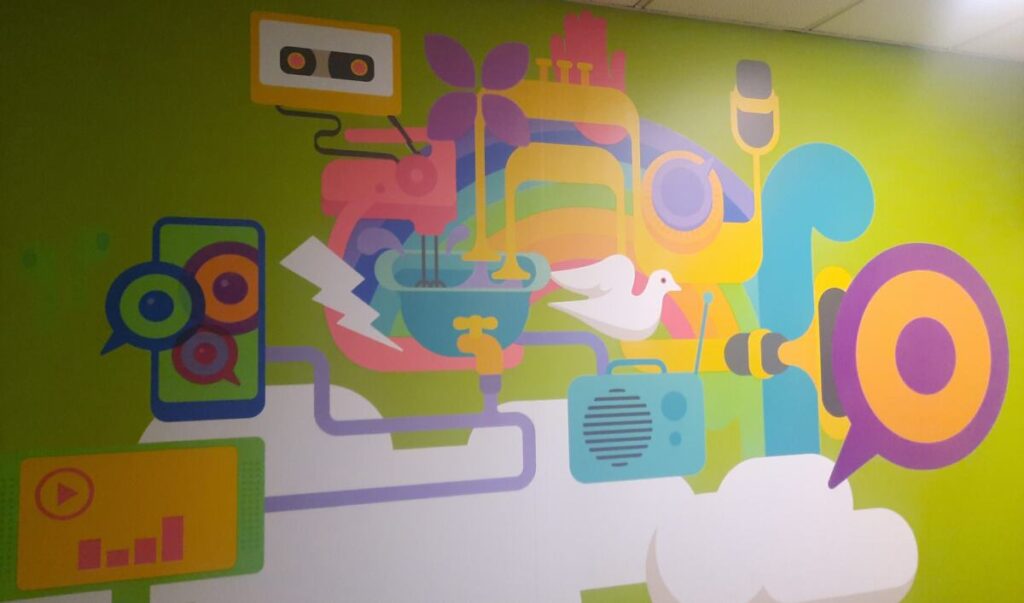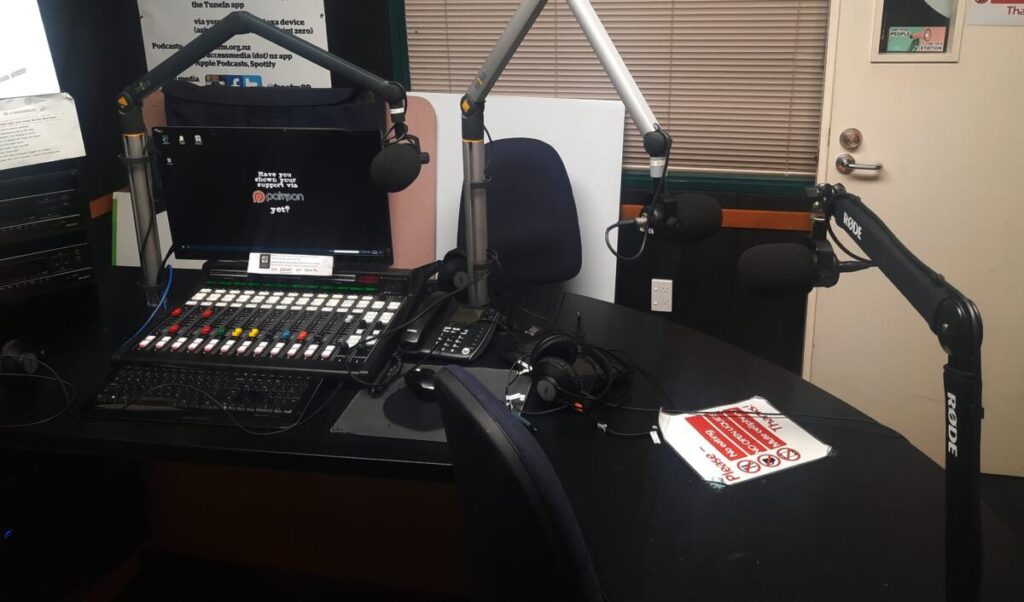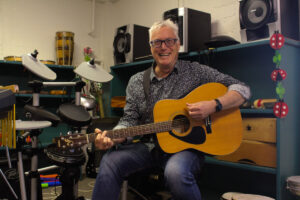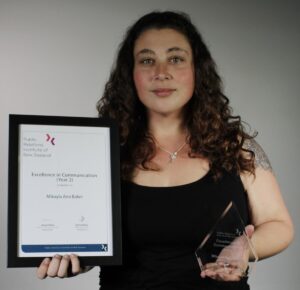Free FM: Giving a voice to the people
Community Access Media station Free FM is on a mission to provide a diverse range of content to keep up with the cultural explosion that comes from having over 160 different ethnicities in the city.
With thousands of migrants arriving in New Zealand every year, Kirikiriroa Hamilton has increasingly become a melting pot of many cultures and beliefs.
From the outside their Collingwood Street studio, Free FM looks like a normal office building, but inside there are subtly lit studios, offices and a dynamic mural showing off how the station presents their wide range of content and shows.

Free FM aims to represent the vibrant culture of Kirikiriroa by hosting over 80 unique programmes. General manager Phil Grey said that this representation is important, “the main thing is that it actually gives a voice to the population.”
The station launched on December 7th, 1991, and Grey said it was initially a more “safe and conservative station”. But he has helped change it over the past 20 years, with a move to FM in October 2011 being a key part of the growth.
These days the station’s content includes a lot of ‘on demand’ niche shows more than live shows and this includes programmes entirely in other languages.
The stuff that’s successful is stuff that finds its niche and sticks to it
-Phil Grey
Grey said this diversity means it won’t be for everyone, “It’s not the type of station that your average listener would turn on at breakfast time and have playing in the background during the day because the content is so diverse. You’re going to hear stuff you love; you’re going to hear stuff you don’t want to hear”.
This creates a difference between Free FM and the mainstream radio stations as to what is considered successful. Free FM aims to provide everyone in Kirikiriroa, no matter the cultural background, with something to listen to.
Unlike commercial radio, success is about impact, not numbers.
By appealing to more niche groups with the Kirikiriroa community, they can target precise audiences to provide shows for the widest possible range of the community.

“So, if we have a bunch of 100 migrants from some small country somewhere, perhaps they’ve come as refugees, and they want to do a show only for them, someone wants to do a show only for the other 99, that is great, that’s amazing.” said Phil.
Some of the most successful shows are listened to by international audiences, like Back Porch Bluegrass, hosted by Paul Trenwith, a local legend of bluegrass music.
Grey said, “the stuff that’s successful is stuff that finds its niche and sticks to it”.
Link to Free FM.




